This is a scale. A normal scale. OK, it has some twists that might help you on a future project.
No more HX711, no more jumper cables
A -still amateurish- PCB with careful design around ESP32 and ADS1232. Careful means that the charging/power components are on the left side, digital components are on the middle (MCU) and analog are on the top right. You can charge the battery at full speed and measure properly with good resolution. Solder a precision 100g load cell and measure grains of salt.
Features
-Scale functions (tare,calibrate,averaging,filtering)
-OTA wifi update mode (not on normal mode - we need to conserve battery)
-BLE weight notification, BLE characteristic for options (read/write)
-Auto tare, auto timer, weight graph (more functions will be added soon)
-Three operation modes with separate timeouts (configurable): normal, snooze (monitor dimming, ADC slow down, instant automatic wakeup), sleep (monitor off, ADC off), deep sleep (ESP32 deep sleep).
-Low power consumption design, around 50mA (max 80mA) with TFT with 100% backlight and ADC working at 80SPS plus BLE. 20mA on snooze mode and of course <1mA on deep sleep (I cannot measure it exactly)
-ESP32 touch buttons (not sensitive enough), external touch modules/buttons connectors
-low battery LED with separate supervisor circuit (ESP can stay on deep sleep, (testing) battery level monitor when ESP is awake. Testing(May 2019): input voltage divider in order to fine tune the battery low warning level depending on your application.
-Almost all useful options/parameters are customizable and changeable in real time through the android app and/or serial interface (for debug).
 jousis
jousis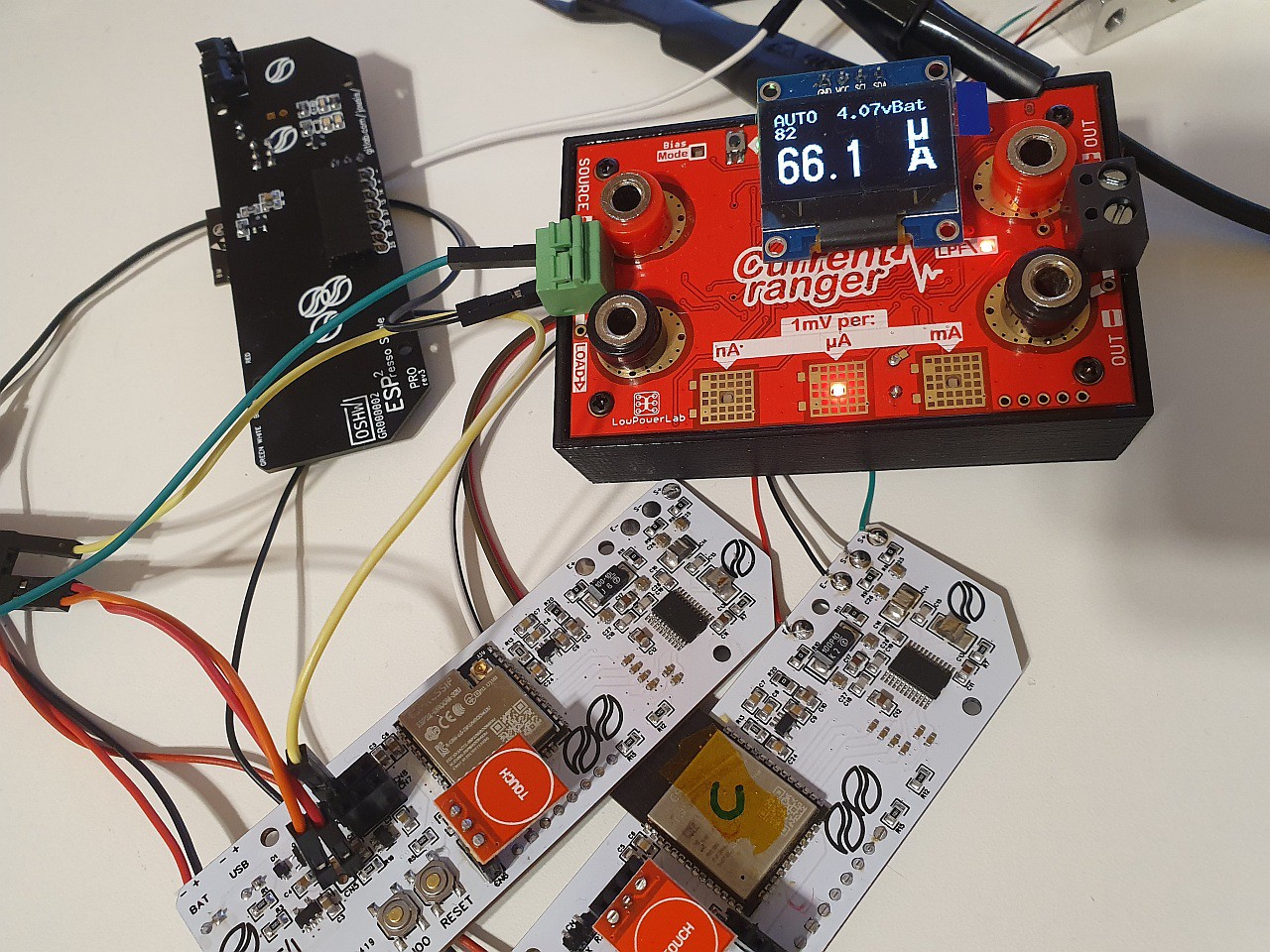
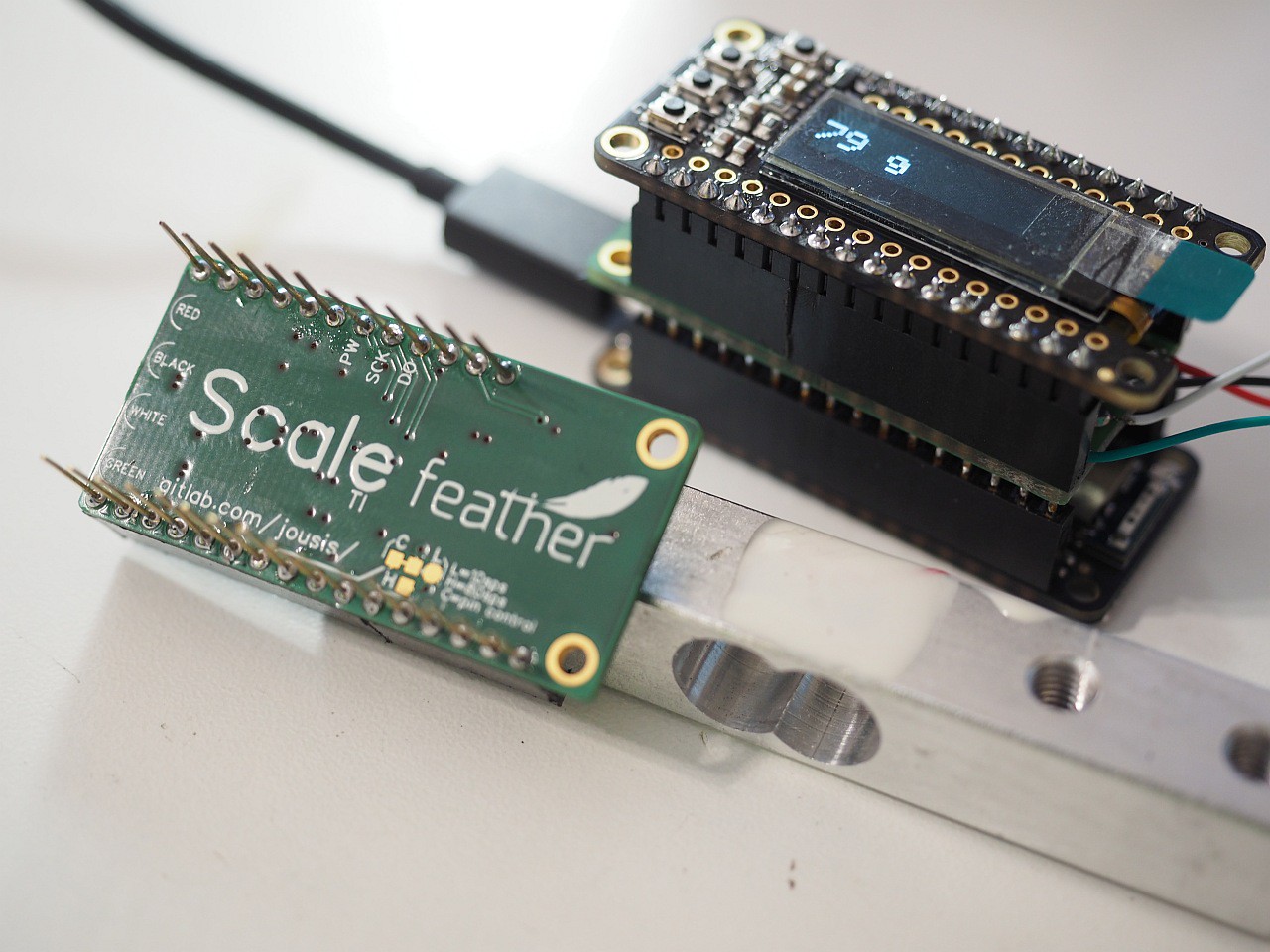

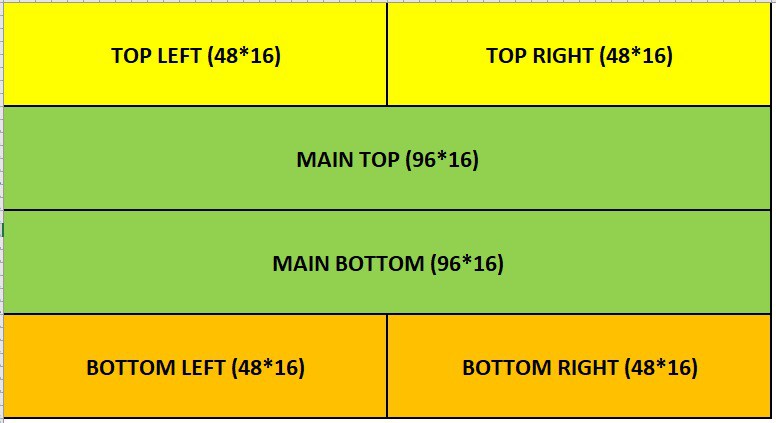



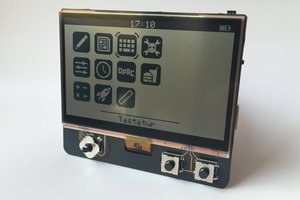
 Max.K
Max.K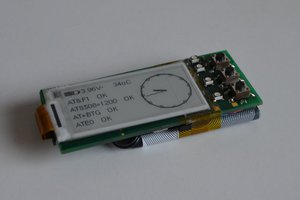
 Jara
Jara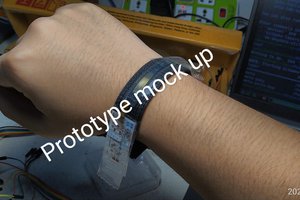
 TinLethax
TinLethax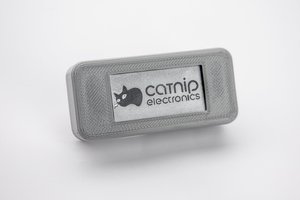
 Albertas Mickėnas
Albertas Mickėnas
is this project still being maintained :D looks very interesting